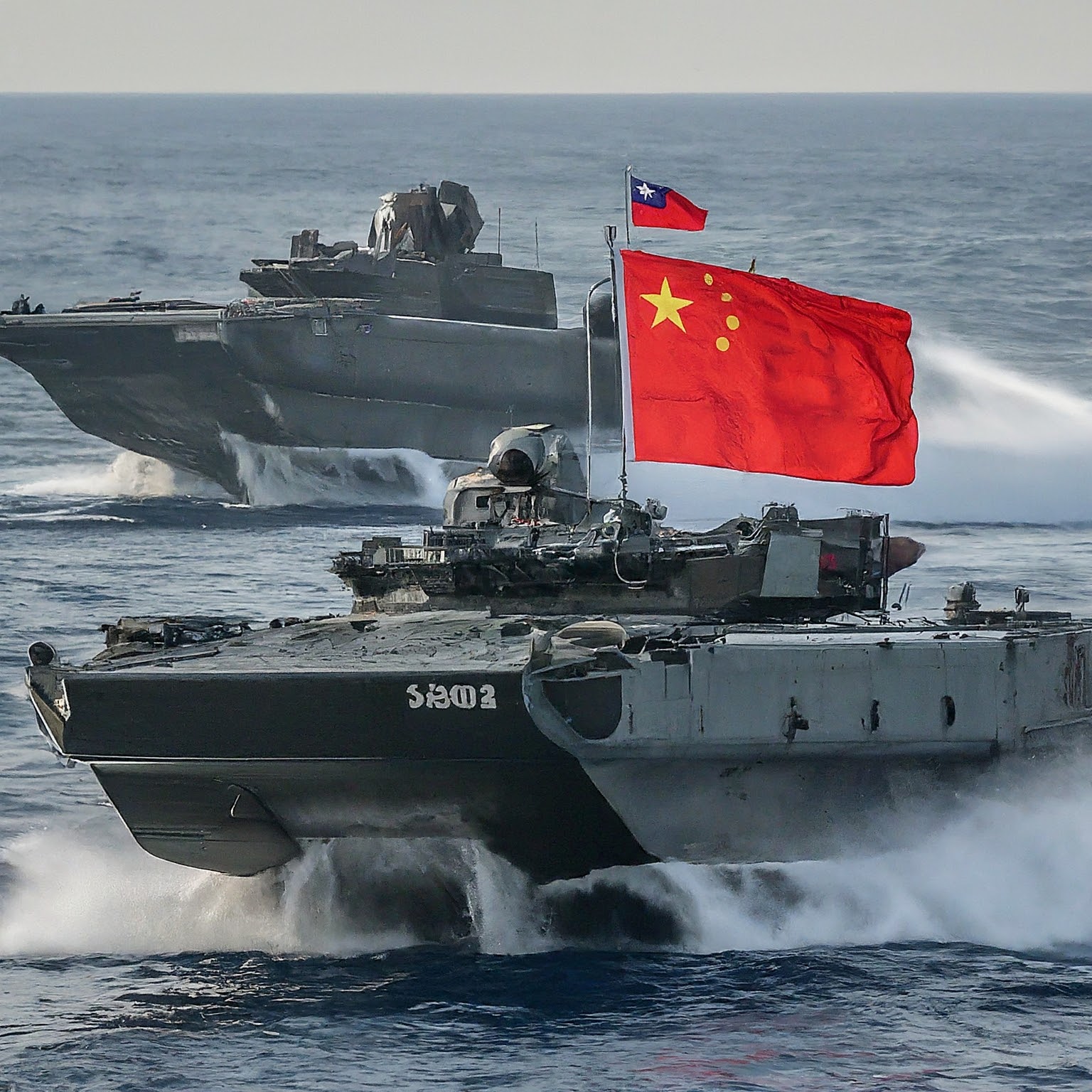Here is a snapshot from our Amphibious Assaults Narrative Intelligence brief.

This Amphibious Assaults narrative is driven by 123 sources in the U.S. Media module, amplifying 303 narrative items.
Today, our Narrative AI captures the increasing military preparations by China for a potential invasion of Taiwan, highlighting the deployment of advanced amphibious vehicles and the modernization of naval forces. It also covers Taiwan's strategic responses, including endorsing asymmetric warfare tactics and reliance on U.S. support. Additionally, it touches upon India's military developments in response to Chinese actions and the broader implications of these maneuvers in regional security dynamics.
The escalating tensions between China and Taiwan are deeply rooted in demographic, social, economic, political, and military contexts. Taiwan, with a population of approximately 23 million, has a distinct identity and democratic governance, contrasting sharply with China's authoritarian regime. The Taiwanese populace largely favors maintaining the status quo, with many expressing reluctance to unify with China under its current political system.
Geographically, Taiwan's strategic location in the South China Sea makes it a focal point for regional security dynamics. The island's proximity to China, coupled with its advanced technological infrastructure, enhances its significance in U.S. foreign policy, particularly as the U.S. seeks to counterbalance China's growing military assertiveness.
Economically, Taiwan is a global leader in semiconductor manufacturing, making it critical to the global supply chain. This economic leverage adds another layer to the geopolitical stakes, as any conflict could disrupt global markets.
China's military modernization, particularly its amphibious capabilities, poses a direct threat to Taiwan. The People's Liberation Army (PLA) has been enhancing its naval and amphibious forces, including advanced vessels like the Type 075 landing helicopter dock, to facilitate potential invasion scenarios. The U.S. response includes bolstering its military presence in the region, exemplified by the deployment of Amphibious Combat Vehicles to Okinawa, Japan.
National security concerns are heightened by the potential for asymmetric warfare strategies that Taiwan may adopt, emphasizing guerrilla tactics and low-cost autonomous drones to counteract a larger Chinese force. The geopolitical landscape is further complicated by the implications of the Russian invasion of Ukraine, which has heightened fears in Taiwan of a similar fate.
In summary, the interplay of demographics, military capabilities, and geopolitical strategies shapes the complex and precarious situation surrounding Taiwan, with significant implications for regional and global security.
Our Kudzu Narrative Intelligence brief auto-updates every few hours with fresh analysis:
Note: Kudzu Narrative Intelligence briefs update every few hours. Very likely, the Narrative Analysis above will have changed as well.
Image Credit for Article Header: Gemini AI